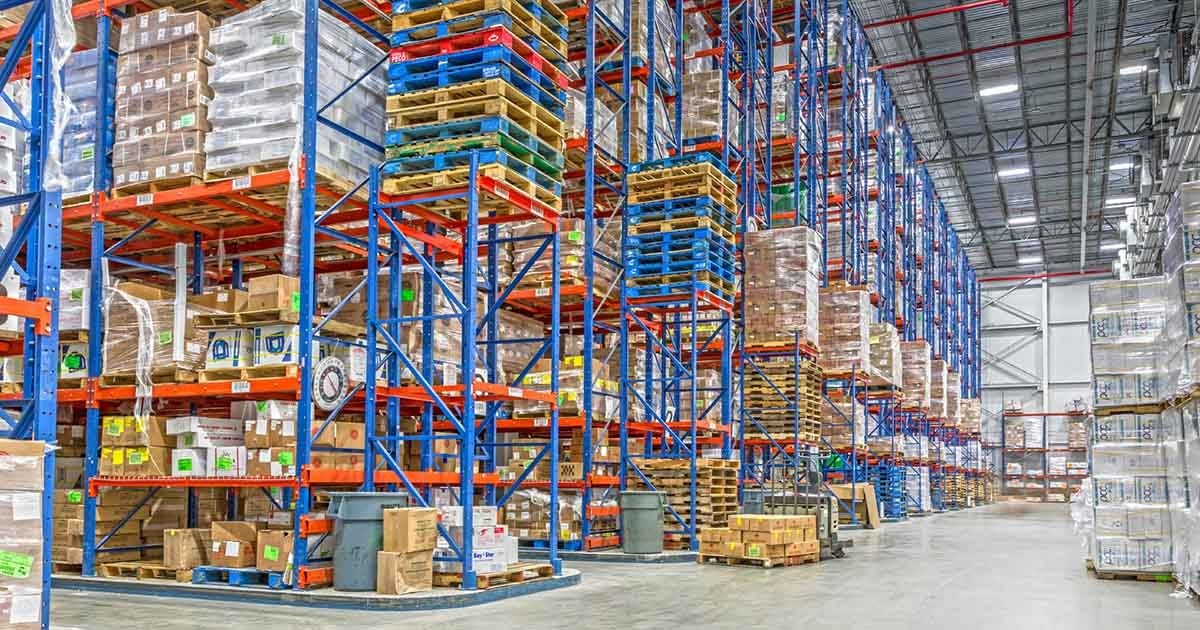Logistics companies face increasing customer demands, expanding global supply chains, growing capacity limitations and rising costs, and according to a recent whitepaper, technology could help to ease some of these issues.
In “Growing Business Through Digitization: A Roadmap for Logistics Service Providers,” technology company Blume Global of Pleasanton, Calif., included ways logistics companies can take on the issues as they grow their business.
The whitepaper shows that freight forwarders compete heavily for logistics clients and operate as brokers, negotiating price and contracts between third parties and clients. Legacy freight forwarding brokers are expected to go out of business or be absorbed into larger companies, but freight forwarders are increasing the pace at which they are adding new technology as they look to convert to digital and automate supply chain management.
Logistics companies can compete by adding digital programs and increasing efficiency through automation, integration, reporting and communications, according to the whitepaper. Logistics companies have fixed and variable costs, and insight into spending allows them to more easily price services and set budgets for increasing demand and growth. Following are costs to consider: understanding changing transportation costs, such as fuel and maintenance; third-party charges, such as storage or port facilities; labor costs; operational costs; and withholding taxes.
The ability to store a company’s data from multiple technologies into on central location allows the company to have one place for the information to be updated, visibility in both real-time reporting and in shipments and the ability to analyze the data to find and resolve issues, the whitepaper shows. Shipment visibility also can be provided to clients to allow them to know the status of their shipments.
Logistics providers can build trust with clients by offering complete and transparent pricing, understanding customers’ needs and developing custom services for them, and following through on commitments with regard to price, service and speed. A good digital platform would allow logistics providers to create accurate quotes quickly that are based on set cost models and required profitability. Visibility into the supply chain would allow logistics providers to offer custom services for clients. Sharing data with clients would show how well the company is meeting its goals for timeliness, cost, quality and accuracy.
Regulations vary across modes of transportation, regions and countries, and a logistics platform could be used to integrate compliance and risk management software and show whether the company is meeting all regulation requirements, according to the white paper.
Improving how the business operates could lead to improved efficiency and reduced waste. Following are some ways to improve: merge logistics and business data reporting; set goals and measure performance; analyze the data and talk to employees to determine problems in the logistics process; and make small, incremental changes to improve accuracy, reduce costs or speed up operations. Issues to identify include delays regarding transporting goods between locations, items that go missing in transit or arriving late to the destination, unusual staff turnover or costs that can’t be traced to an expense increase.
The whitepaper noted the secret to providing more competitive pricing and attracting more business was to have an accurate understanding of how much it costs to provide logistics services. Costs for each service offered by the company should be identified, including staff salaries, support costs, software, hardware, fleet, equipment and third party and operational expenses. Over time, these costs can be tracked to ensure they are accurate.
Logistics companies can plan for supply, demand and capacity through trend analysis, combined with predictive analytics, artificial intelligence and machine learning, the whitepaper shows. When planning for capacity, companies should look to how customer demand impacts the business, warehouse space that could come available over the planning period, age of equipment in fleet, existing capacity and workforce turnover, especially for the positions that are difficult to fill.
The turnover rate at large and small truckload fleets rose in the third quarter of 2019, from the same period in 2018, according to the trade organization American Trucking Associations. The turnover rate for carriers with more than $30 million in annual revenue rose nine percentage points to 96%. The rate for smaller carriers rose six percentage points to 73%. However, the turnover rate for less-than-truckload carriers fell four percentage points to 9% — the lowest level it has been since the fourth quarter of 2017.
The whitepaper showed that logistics companies can improve communication throughout the supply chain by switching to a single platform that integrates systems, software and hardware used by others throughout the supply chain. The platform should be able to handle operations, asset management and cost control.
Other ways to improve operations include GPS tracking of vehicles and shipments; determine the impact of season trends, especially with regard to retail; track the impact of tariffs and other barriers to free trade; and re-focus supply chain on the customer. Some challenges logistics companies face when going digital include concerns of shippers handling their own logistics and supply chain services; online marketplaces for freight rates, which make competition more challenging; the rising number of freight forwarders; and new logistics providers that operate digitally.
Recently, less-than-truckload carrier ABF Freight System, a company of Fort Smith-based ArcBest, saw the benefits of technology, when it helped the company to increase tonnage growth this year, according to a Journal of Commerce article. The carrier used technology to help it fill empty space in trailers with spot less-than-truckload or partial truckload freight.
“In January 2020, we are seeing growth in our tonnage compared to last year,” said Judy McReynolds, ArcBest chairman, president and CEO, noting that technology investment also contributed to improvements in fourth-quarter 2019 operating income.
“We strategically added more heavier weight transactional shipments in December and January that helped fill empty capacity in the network,” CFO David Cobb said in the Jan. 30 earnings call transcribed by Seeking Alpha. “It’s our normal practice to use transactional shipments to better utilize fixed resources in the seasonally weaker period.”
ArcBest has invested into cognitive technology that automates shippers’ pickup requests and processes customer emails automatically, allowing for quicker response. Another cognitive technology it has invested in is machine learning.
“We have developed a number of algorithms that are embedded in the applications our employees use and to help them to simplify and drive better decision making,” McReynolds said in the earnings call. “We have developed and are utilizing these kinds of solutions in yield management and in our asset-light operations where we launched the capacity sourcing tool to optimize the utilization of internal equipment capacity while reducing the time it takes to secure external equipment capacity in meeting customer requirements.
“Recently ArcBest launched an innovation accelerator to encourage new transformative ideas,” she added. “This accelerator combines employees from across the organization who work closely with executive leadership to identify opportunities for disruptive innovation within our company as well as evaluate potential external innovation partner. We favor smart and pragmatic investment at ArcBest, and I’m pleased with the progress in this area and look forward to what’s next.”
For 2019, ArcBest reported net income fell 40.6% to $39.99 million, from $67.26 million in 2018. Revenue declined 3.4% to $2.99 billion, from $3.09 billion. In the fourth quarter of 2019, the company posted a loss of $5.55 million, compared to a profit of $15.3 million in the same period in 2018. Fourth-quarter revenue declined 7.3% to $717.42 million, from $774.28 million.


















